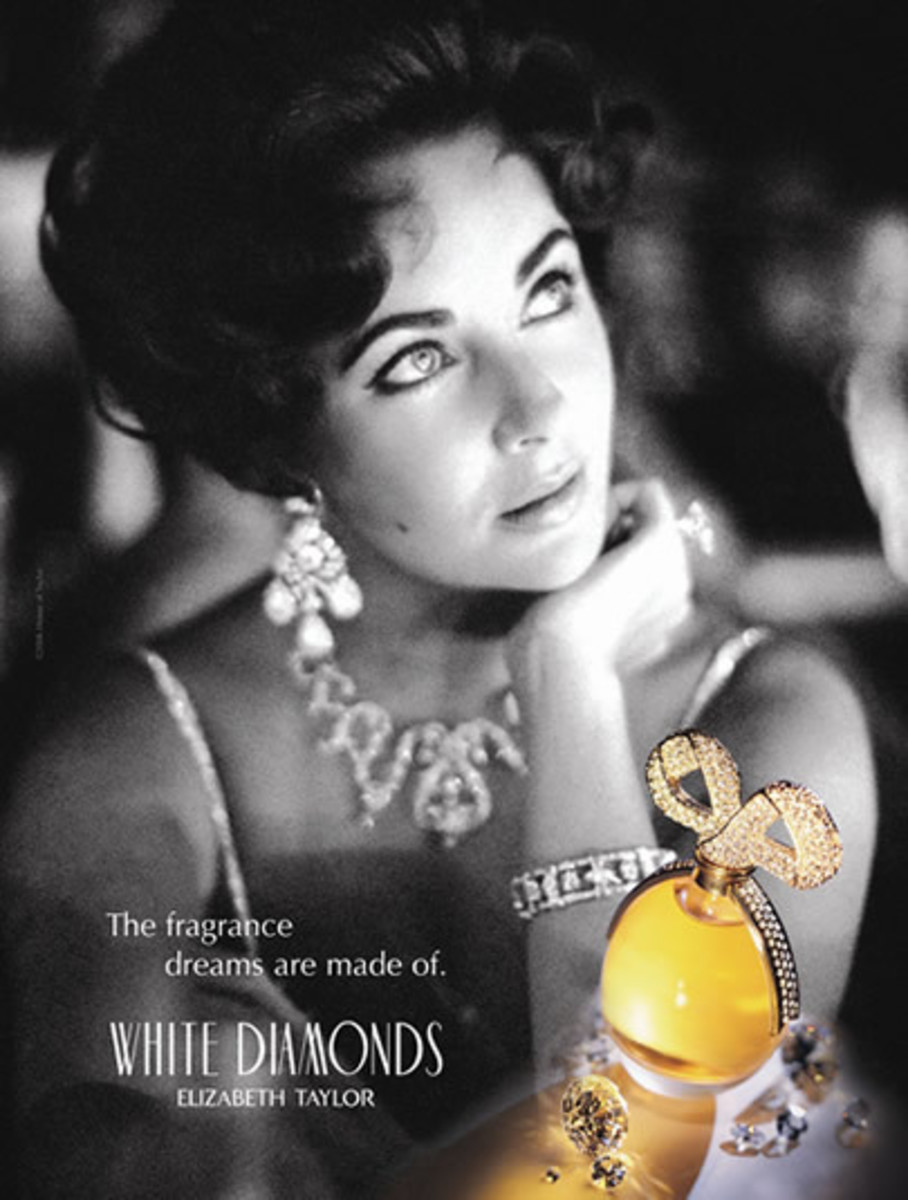Of the 10 million or so organic compounds that are known today, about 9 million of those are carbon-containing compounds. Nearly everything you touch – and nearly everything you are – is made up of organic compounds. That includes flowers.

Organic chemistry is a chemistry sub-discipline involving the scientific study of the structure, properties, and reactions of organic compounds and organic materials, i.e., matter in its various forms that contain carbon atoms. Organic compounds are responsible for the flavor and aroma of things and most have been successfully recreated in laboratories. For instance, we know the smell of “musk”, frequently used as a base note in perfume, was originally a substance with a penetrating odor obtained from a gland of the male musk deer. Nowadays it is called “muscone”, and is synthetic musk.
These organic compounds make up the perfumer’s “palette”, to create his perfumes. But once combined, simplified and elegantly redacted, these liquids often bear no resemblance to the smell of their original constituents.
Most people, when smelling a perfume, can only say what it makes them think of, or how it makes them feel, or – in general – whether it’s floral, oriental, woody or fresh. Like with wine and art, the language used must be learned. When smelling the original compounds they would be hard pressed to know exactly what they are smelling.

For instance, someone might select a perfume like Elizabeth’s Taylor’s classic perfume “White Diamonds”, created in 1991, imagining that it has its name’s associations: glamour, brilliance and something mineral-like. In actual fact, despite the name and the glittery golden bottle, it is actually a sheer “soft floral”, containing mostly the aldehyde group of organic compounds, and therefore smells powdery and flowery. The top notes are aldehydes, bergamot, neroli, orange and lily.
Thus, so most people understand what they are getting, perfumes are described by using a Fragrance Wheel – much like a painter’s colour chart, but for the nose. (Find out more about the Fragrance Wheel.)
The perfumer’s palette is so overcrowded, that a perfumer has to be very careful not to become over-complicated. A formula that is too rich because it is overloaded with “heady” and expensive substances, the presence and proportions of which are not justified from the technical point of view, will be poor in aesthetic value.
“True simplicity, which gives great composers that touch of class, is not the result of a display of ostentation in the midst of poverty, but rather a show of modesty in the midst of wealth. “ – Edmond Roudnitska


You must be logged in to post a comment.